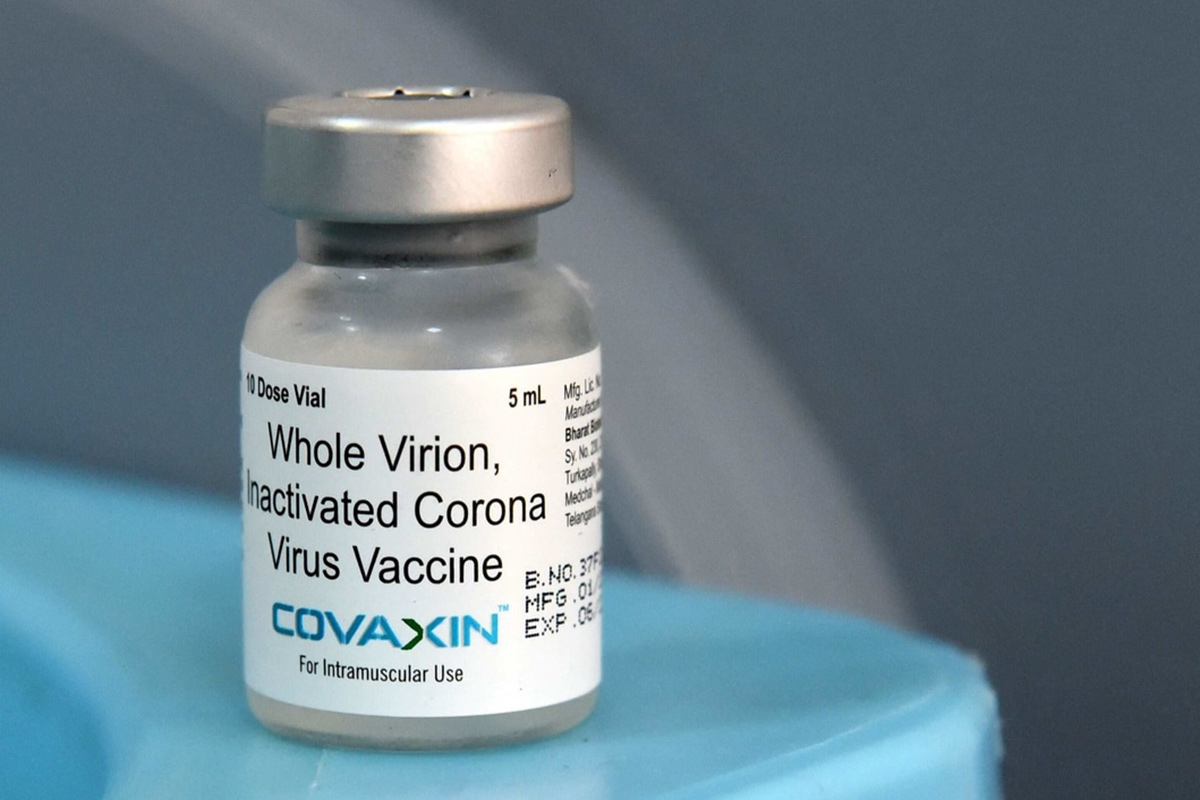Scientists find protein to block muscle fatigue in long Covid, Alzheimer’s
US researchers have identified a protein responsible for causing fatigue in people with long Covid, Alzheimer's and other diseases.
Seamless integration of automation solutions makes it possible to develop, optimize, and manage production processes efficiently.

(Photo: AFP)
When the novel coronavirus outbreak was declared a global pandemic by WHO in March 2020, the vaccine became the one item that was suddenly and simultaneously needed by all. While pharmaceutical firms could produce hundreds of millions of doses of Covid-19 vaccine in the matter of a few months, the world needed billions and as fast as possible. Shorter time-to-market in vaccine production is crucial to save lives. Accelerating clinical trials in the timeframes required to combat Covid-19 and ramping up production in the quantities needed are two of the biggest challenges the pharma industry has ever faced.
The mRNA vaccine BNT162b2 (also known as COMIRNATY®) for Covid-19 by BioNTech, in collaboration with US pharmaceutical specialist Pfizer, was in extremely high demand even before it was available. With such urgency, BioNTech converted its existing facility in Marburg, Germany, to further scale-up Covid-19 manufacturing capacity. Prior to mRNA vaccine, the Marburg facility had been producing influenza vaccines based on flu cell culture, then changed over to recombinant proteins for cancer treatments. Besides a higher clean room class required than what existed in the facility, when working with mRNA, one of the challenges faced was the need to switch from rigid to mobile production, with many single-use components. mRNA vaccine production processes involve several manual work steps.
Weighing is one such example. Precise measurement and reliable recording of weights are vital to ensure vaccine quality. With batch system and process orchestration, the operators get a guidance from the Manufacturing Execution System (commonly known as MES) throughout the entire process on when and which actions are needed to be taken. This is enabled by the workflow management component of the software which orchestrates the various sections of the system, in ensuring the most efficient production. Paperless production offers many advantages over traditional procedures in the pharmaceutical industry. Electronic Master Batch Record Management enables users to create, execute, review, and release Master Batch Records (MBR). In addition, Electronic Batch Records (eBR) are made faster.
Advertisement
Testing is based on the principle of “review by exception” ~ in other words, deviations are dealt with when the system recognizes them based on exception rules. That makes the testing process less labor-intensive. This new system and end-to-end digitalization of vaccine production enabled a conversion to “paperless documentation of production” that can immediately fulfill all documentation requirements, which is a critical component to validating vaccine efficacy. To automate the entire facility, all systems need powerful, flexible, and scalable distributed control system that steers and controls all processes in the plant and takes digitalization to the field level.
Seamless integration of automation solutions makes it possible to develop, optimize, and manage production processes efficiently. All the improvements made at the Marburg plant are Industry 4.0 compatible. The Marburg plant has been producing the vaccine since the end of March 2020. A digitalization and automation project of this magnitude normally takes about a year.
Advertisement